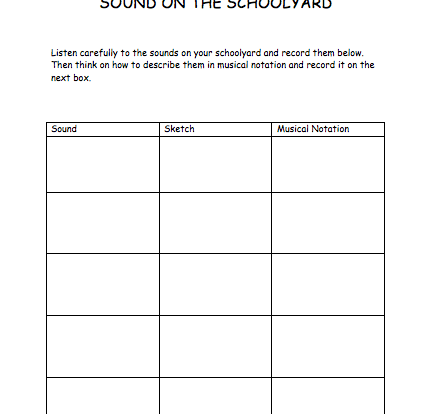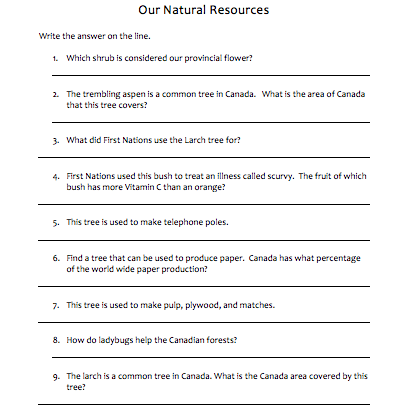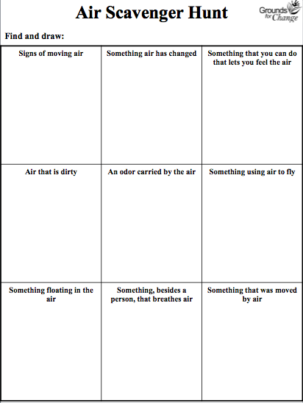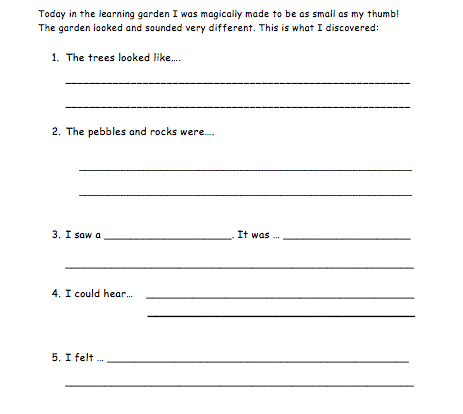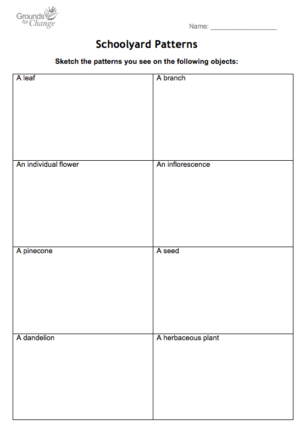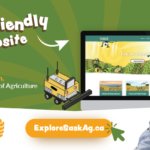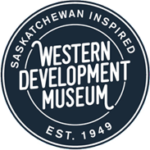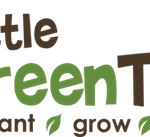-
Discuss musical notation and provide examples. Take the class outside and listen carefully to the sounds in the schoolyard; record the sounds on the activity sheet. Students will then describe the sounds heard using musical notation. Wrap up: Discuss the sounds and their relationship to different musical notes.
-
Discuss Canada’s natural resources and their past and present uses. Students complete the scavenger hunt worksheet by finding the appropriate plants in the natural area. Wrap-up: compare past and present uses and discuss whether or not Canada’s resources are renewable.
-
Discuss air, wind, and pollution. Students complete this air scavenger hunt by finding and drawing their answers. Wrap up: Discuss student answers. What are some examples of activities that require wind? (ie: kite flying, sailing, etc.) What else is wind used for? (wind power) How can we reduce our impact on the air?
-
Students get creative and pretend that they are now as small as their thumb. They then describe the garden and how perspectives change from a worms eye view. Wrap up: Discuss student answers. Discuss our role in protecting the garden as humans are much larger and more capable than smaller plants and animals.
-
Students learn about patterns and get creative by sketching the patterns they observe on objects around the schoolyard. Wrap Up: compare sketches and discuss what patterns might mean ie: pores, veins, pollen, etc.

